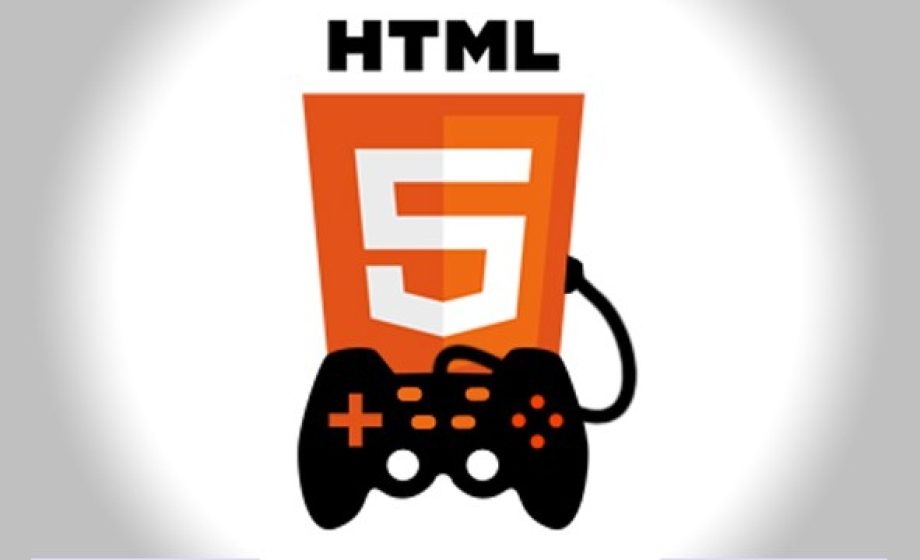 Almost exactly three years ago I attempted to expose my thinking on why I was enthusiastic about HTML5, at least from an investor’s perspective.
Almost exactly three years ago I attempted to expose my thinking on why I was enthusiastic about HTML5, at least from an investor’s perspective.
Three years is of course an eternity in tech, and HTML5 has certainly progressed substantially in some ways I expected, while in other ways demonstrated my zeal in overestimating the immediacy of its impact.
Outside of developer circles, it feels like HTML5 has remained largely out of the mobile gaming headlines for the past few years. Candy Crush, Clash of Clans, Puzzles & Dragons, Monster Strike, etc. all operate as native app games. Although realizing that we’re now past the month of annual predictions, I predict that this is the year that HTML5 games become trendy again.
Easy fodder for the media boost to HTML5 as a tool for cross-platform games will undoubtedly begin with reports of the looming Flash Apocalypse. As Flash games fade into the sunset, HTML5 is the logical, meatier replacement to fill the void. People with HTML5 skill sets should benefit from this shift.
HTML5 or Native becomes HTML5 and Native
A late relative of mine who was the wittiest person in the world would respond to a question like, “What kind of barbecued spare ribs would you like sir, Baby Back or Saint Louis?” with an answer along the lines of, “How about both!” Just as the debates raged between the HTML5 camp and the Native camp, I could imagine the value for game developers in combining both avenues for their product.
The mobile web is excellent for reach. The native environment offers better engagement and hence more opportunities for monetization. For mobile gaming, these paradigms are more complementary than competing.
The analogy with the old days of pc games is apt: download a demo version of the game to try before you buy. A player invites a friend to play a light HTML5 version of the game. The friend could subsequently upgrade to the fuller native app version.
In my opinion, the value of such a combination lies in the two versions existing in concert. Sure, the HTML5 version needs to approach the native version in basic functionality, and the technological advances of HTML5 have blurred some of the advantages that native offers in terms of game play. However, I think it’s even more important that the player’s history, scores, treasure etc. be universally accessible on both platforms.
Take LinkedIn. The user experience on LinkedIn’s iPad app differs from that in the browser, and functionality between the two versions is not identical. Yet both access the same up-to-date information, and LinkedIn makes it seamless to bounce between the two depending on the context.
Next-gen mobile adtech
Beyond the complementarity of reach and retention unlocked by coupling HTML5 games with native, might HTML5 usher in a new generation of mobile advertising solutions?
Recently, Zynga and Rubicon Project announced a joint effort to create native, programmatic political ads during the upcoming election campaign that will appear inside mobile games. The “SponsoredPlay” ad units will appear as optional mini-games similar to the style of the game being played.
Similarly, I see that mobile ad network InMobi has also begun making references to their upcoming “playable ad” format.
I could further imagine HTML5 enabling all sorts of interesting opportunities for dynamic product placement inside games. Early instances of this concept already exist in Japan. In Neko Atsume (which literally translates to ‘cat collecting’), an irresistible kittycat invites the player to open a letter she’s holding. Inside the letter is an advertisement.
とてもかわいいです!



